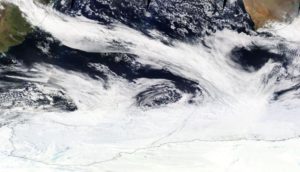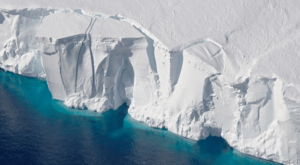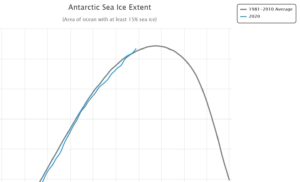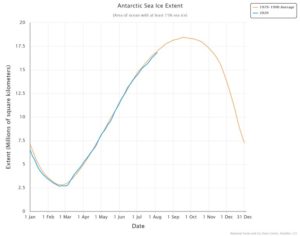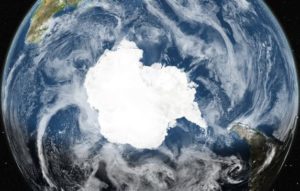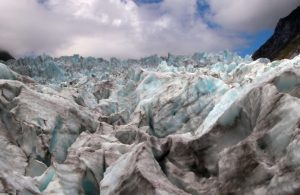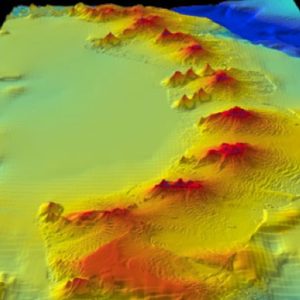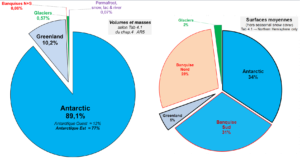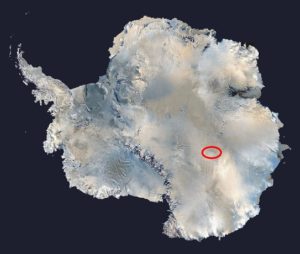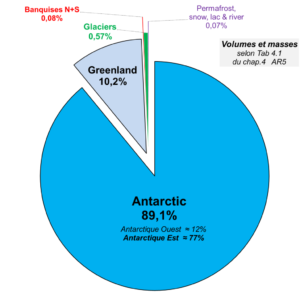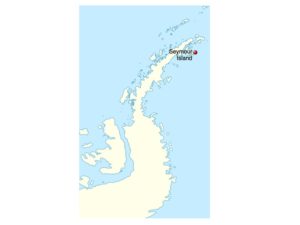by P. Homewood, Jan 16, 2021 in NotaLotofPeopleKnowThat
Cancel all the claims by climate activists that global warming is decimating Antarctica. A peer-reviewed study recently published in one of the most prominent science journals destroys one of the most frequently asserted claims by climate activists – that climate change is warming Antarctica and melting the Antarctic ice sheet. The recent study confirms Antarctica has not warmed in the past 70 years and Antarctic ice cover is expanding rather than shrinking.
Writing in the journal Nature, scientists at Columbia University and the University of Victoria, British Columbia report, “The Antarctic continent has not warmed in the last seven decades, despite a monotonic increase in the atmospheric concentration of greenhouse gases.”
….

